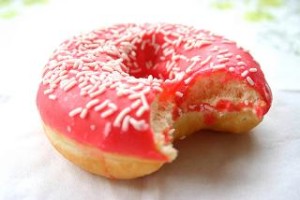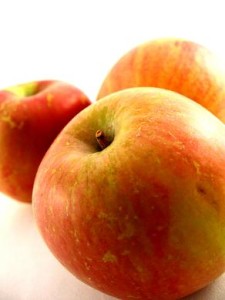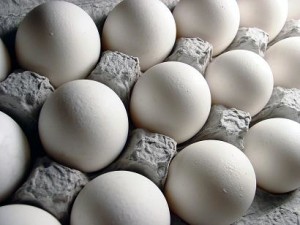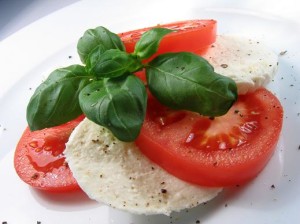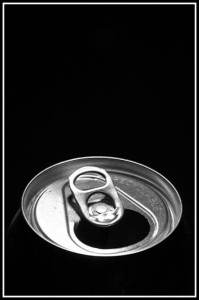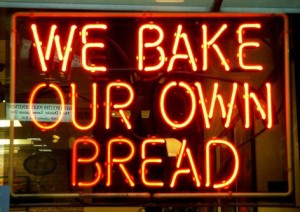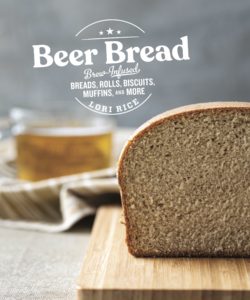 I just received a note about a new milk jug being introduced in the US. Anyone who follows my Brazil blog knows that I am a huge fan of the milk I can get south of the equator.
I just received a note about a new milk jug being introduced in the US. Anyone who follows my Brazil blog knows that I am a huge fan of the milk I can get south of the equator.
Well, apparently things are changing at home, too. New milk jugs have been released recently. The reason – they are better for the environment and require less labor for transport.
Considering that the word ‘green’ can be seen in every magazine article and television program across the country and that everyone is proud to boast about their efforts to save the environment you would think we’d be ecstatic about the change. Of course, we are not.
There is no truer statement than the fact that people fear change. Even something as simple as a milk carton. We always find something to complain about.
Now, I’m well aware that we are dealing with the media here and their goal is usually to create controversy. Shocking, I know. It is quite possible that they cut out a lot of praises and published more of the complaints.
There have to be some people out there that are as excited about this as I am. This article from the New York Times talks about some of the positives for the environment and some of the complaints.
Positives:
It costs less – given the price of food right now, that alone should be reason to be happy
No need for milk crates and the resources (water, fuel) to transport and clean them
More can be transported and more quickly which means the milk is fresher when it arrives
Fits better in the fridge
Negatives:
It spills when pouring
Difficult for kids to pour
Personally, I think the positives outweigh the negatives here.
According to those producing it, we just have to learn how to pour it differently. Let’s add that to the positives. Learning a new activity improves brain health!
So what I see is cost savings, better for the environment and improved brain function. As with all things, we’ll get used to it. There always has to be that initial ‘I hate it because it is different’ stage.
I can’t wait to see the new packaging on my store shelves at home. Anyone else out there embracing change with me?
Photo by cooee, morguefile.com

